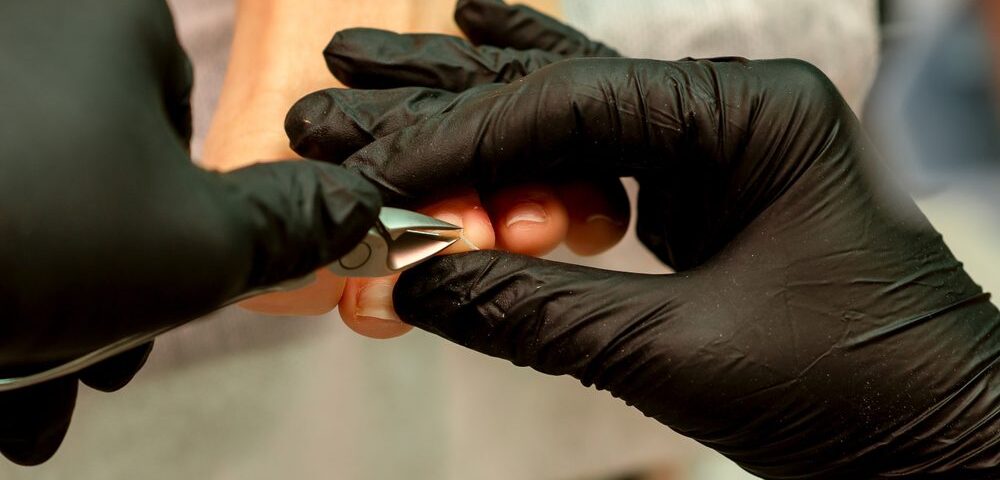
The Benefits of One-on-One Personal Training for Beginners
October 6, 2025
FAQs About Root Canals
October 6, 2025An ingrown toenail is a common condition that can cause discomfort. It occurs when the edge or corner of a toenail grows into the soft flesh of the toe. This can lead to pain, redness, and swelling in the affected area. Understanding what causes this condition is the first step toward prevention and proper care.
What Is an Ingrown Toenail?
An ingrown toenail develops when a toenail’s side edge pierces the surrounding skin. The pressure of the nail edge against the skin can provoke a response from the body, leading to tenderness and inflammation around the nail. Several factors may contribute to the development of an ingrown toenail. These include cutting toenails incorrectly, such as trimming them too short or rounding the corners. Wearing footwear that crowds the toes can put pressure on the nails, causing them to push into the skin.
How Can They Be Prevented?
Preventing an ingrown toenail involves adopting certain foot care habits and making mindful choices regarding footwear and activities. These practices can help reduce the likelihood of the nail edge growing into the adjacent skin. One of the most effective prevention techniques is correct toenail trimming. Use a clean, sharp nail trimmer or clipper. Cut the nails straight across, avoiding the temptation to curve or round the corners. The length of the nail should be even with the tips of your toes; cutting them too short may encourage the skin at the sides to fold over the nail.
Shoes and socks that are too tight can compress the toes, forcing the nail to grow abnormally. Select footwear that provides ample room in the toe box, allowing your toes to lie flat and move freely. When purchasing new shoes, check that there is space between your longest toe and the end of the shoe. Socks should also fit properly without constricting the toes.
How Do You Manage Them?
When an ingrown toenail causes mild discomfort, some simple at-home measures may provide sufficient relief. These actions are intended to soothe the area and are not a substitute for professional medical advice. For a sore and tender toe, soaking the foot in warm water can help reduce tenderness and swelling. Following the soak, gently drying the foot is recommended. While the nail is sensitive, wearing open-toed shoes or sandals may help alleviate pressure on the affected toe. Maintaining clean and dry feet remains a key aspect of management.
Confer With a Podiatrist
While preventative measures and gentle at-home care can be beneficial, certain situations suggest a need for professional evaluation. A podiatrist is a medical specialist who focuses on conditions affecting the feet, ankles, and lower extremities. If you observe increasing redness, swelling, warmth, or drainage from the area, seeking professional guidance is advisable. Individuals with certain underlying health conditions, such as diabetes, should consult a healthcare provider at the first sign of a foot problem, including an ingrown toenail. A podiatrist can accurately assess the condition and perform procedures to alleviate the issue, providing education on how to prevent recurrences.
- Soutaipasu: Exploring the Unique Japanese Subculture and Fusion Cuisine
- Wollmatten Guide: Benefits, Uses, Care Tips & Buying Advice for Natural Wool Mats
- Jadeitový kameň: Účinky, využitie, druhy a kompletný sprievodca
- Escapamento RD: Guia Completo, Modelos, Desempenho e Como Escolher o Melhor para Sua RD
- Sodiceram: Benefits, Uses, Installation & Complete Guide for Homeowners




